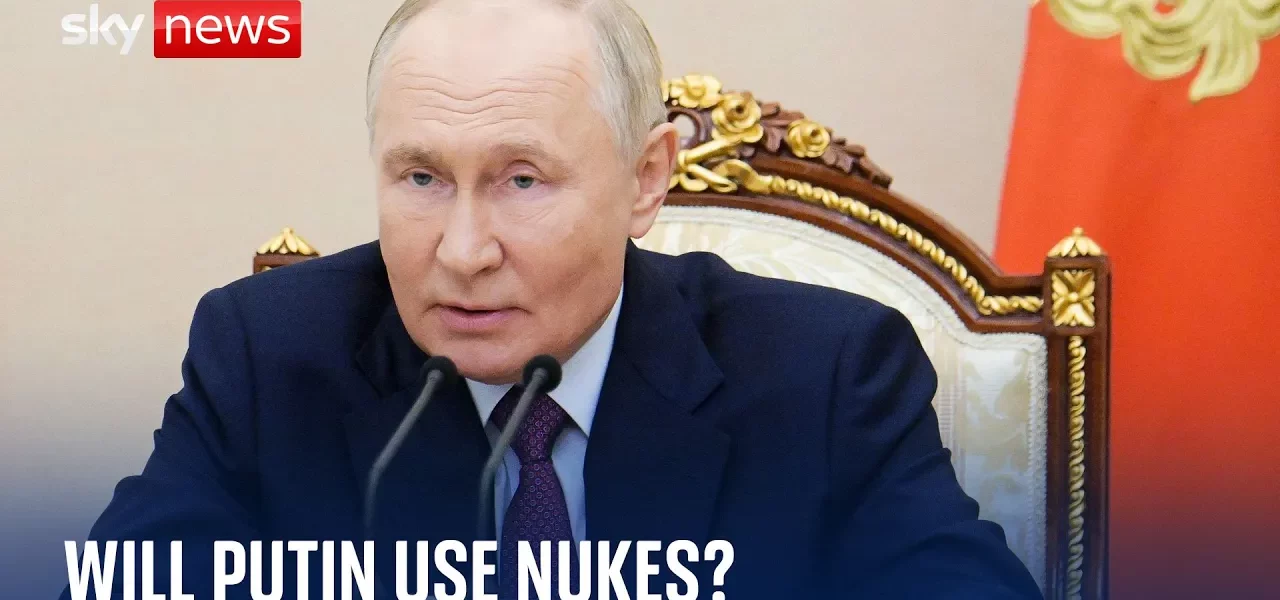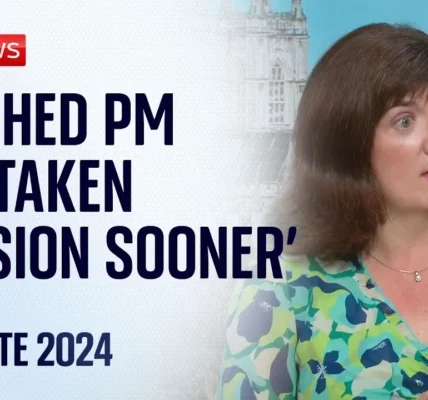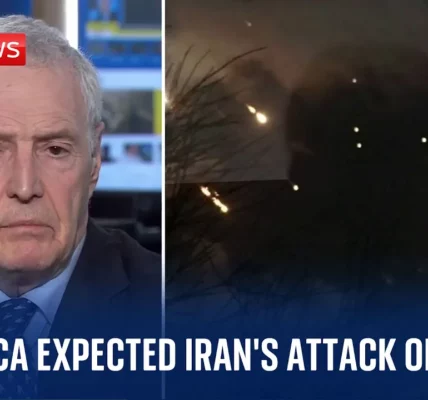Moscow’s Cold War Bunkers: A Deep Dive into Nuclear Threats

In the shadows of Moscow’s towering skyline, a chilling reminder of the Cold War era lies beneath the surface. This article explores the historic Cold War bunkers, their significance, and the current geopolitical climate surrounding nuclear threats, particularly from Russia and its leadership under Vladimir Putin.
Introduction to Moscow’s Cold War Bunkers
Moscow’s Cold War bunkers serve as a historical testament to the tense geopolitical atmosphere that characterized the 20th century. Built to withstand nuclear attacks, these underground facilities were designed as command centers for the Soviet leadership, ensuring continuity of government operations in the event of a nuclear strike. Today, these bunkers have transformed into educational sites, attracting tourists eager to learn about the past and its implications for the present and future.
The Historical Significance of Cold War Bunkers
Delving into the history of these bunkers, we uncover their role in shaping military strategy and political decisions during the Cold War.
Design and Purpose
The bunkers were constructed with the utmost secrecy, featuring:
- Reinforced concrete walls capable of withstanding nuclear blasts.
- Advanced communication systems to maintain contact with military and civilian leaders.
- Survival amenities for extended stays in case of an attack.
Tourist Experience
Today, tourists visiting these bunkers have the unique opportunity to:
- Explore replicas of historical artifacts, such as the first Soviet atomic bomb.
- Engage with knowledgeable guides who provide insights into Cold War strategies.
- Reflect on the implications of nuclear weapons in contemporary geopolitics.
Current Geopolitical Climate and Nuclear Threats
The echoes of the Cold War are amplified in today’s geopolitical landscape, particularly in light of recent tensions involving Russia.
Vladimir Putin’s Stance
Vladimir Putin’s rhetoric surrounding nuclear capabilities raises concerns among Western nations. His statements imply a readiness to respond to conventional military strikes with nuclear force, a strategy that echoes the threats of the past.
Responses from the West
The West’s military support for Ukraine has complicated the situation. Key points include:
- The provision of advanced weaponry, such as missiles and tanks.
- Support for Ukraine’s defense against perceived Russian aggression.
- Ongoing diplomatic efforts to de-escalate tensions.
The Implications of Nuclear Doctrine
Understanding Russia’s nuclear doctrine is crucial for interpreting its military strategy. Key elements include:
Long-standing Proverb
A well-known Russian proverb states, “Russians are long to move but then they move fast.” This reflects the cautious yet rapid response that characterizes Russian military strategy. Recent developments suggest that:
- If Ukraine were to use British Storm Shadow missiles against Russian territory, the consequences could escalate dramatically.
- Putin’s threats of retaliation against London signify a serious commitment to nuclear doctrine.
Conclusion
Moscow’s Cold War bunkers are not just relics of a bygone era; they symbolize the persistent threat of nuclear conflict in the modern world. As geopolitical tensions rise, understanding the historical context and current implications of nuclear strategies is essential. The question remains: Is the Kremlin bluffing, or is there a genuine threat on the horizon? To stay informed on this critical issue, visit our related articles on nuclear strategy and global security.
“`




